Aged Balsamic Vinegar
Aged balsamic vinegar is a cherished Italian condiment with rich flavors and versatile usage in various dishes from Modena. To make this vinegar, producers reduce unfermented grape juice from white Trebbiano grapes and age it in wooden barrels.
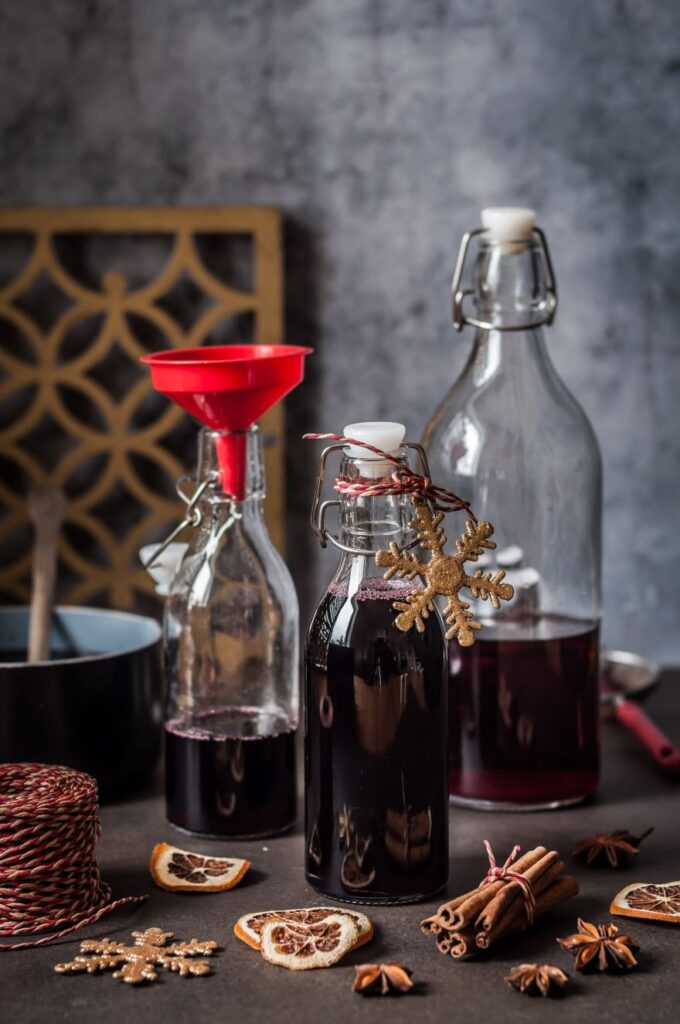
The aging period of balsamic vinegar plays a critical role in determining its distinct characteristics and quality. Aged balsamic vinegar thickens, darkens, and develops more profound flavors as it matures in wooden barrels. Balsamic vinegar is available in various types, some aged up to 25 years, offering unique qualities and culinary possibilities.
Key Takeaways
- Producers in Modena, Italy make aged balsamic vinegar using a traditional process that involves wooden barrels.
- Producers achieve the distinctive flavor and consistency of aged balsamic vinegar through the maturation process. Different types of balsamic vinegar cater to diverse uses in cooking and vary in taste due to their aging duration.
Origins of Balsamic Vinegar
Producers in Modena, Italy make balsamic vinegar for centuries using grape must to create the dark, concentrated, intensely flavored vinegar. While the term “aceto balsamico” may be unregulated, there are three protected types of balsamic vinegar:
- Aceto Balsamico Tradizionale di Modena DOP
- Aceto Balsamico Tradizionale di Reggio Emilia DOP
The production of traditional balsamic vinegar involves a meticulous process. Firstly, we boil the grape must to concentrate its flavors and sweetness. After fermenting and acidifying the liquid, the sugar converts into alcohol and acetic acid develops. Producers age the vinegar in wooden barrels for at least 12 to 25 years, with each barrel contributing unique characteristics.
Artisans in Modena and Reggio Emilia meticulously oversee each step of the balsamic vinegar crafting process, requiring highly skilled expertise. The aging period in wooden barrels imparts the vinegar with a rich, complex flavor rooted in local grape varieties.The longer the aging, the more layered the taste, making traditional balsamic vinegar a truly unique and valuable culinary delight.
While traditional balsamic vinegar from Modena and Reggio Emilia is revered, the market offers more affordable, mass-produced variations. While not as flavorful or crafted, mass-produced variations still provide a taste of Italy’s longstanding vinegar tradition.
Producers in Modena make balsamic vinegar for centuries using grape must and extensive aging in wooden barrels. This rich history and commitment to quality has earned balsamic vinegar a place of prestige in the culinary world.
Making Process
Producers make aged balsamic vinegar from high-quality Trebbiano grapes or white Trebbiano grapes. They press the grapes to produce unfermented grape juice known as “grape must” or “wine must.” Then, they boil the grape must and slowly cool it to reduce and concentrate the natural sugars, establishing the vinegar’s unique flavor.
The next step is acidification, transforming grape must into balsamic vinegar by growing specific strains of bacteria. Producers carefully control this process to ensure the distinct blend of organic acids that characterizes this aged vinegar.
After completing the acidification process, producers transfer the liquid into wooden barrels for aging. Producers use various wood barrels, including oak, to bring out balsamic vinegar’s unique flavors and nuances. Each type of wood imparts different characteristics to the vinegar, adding complexity and depth to its profile.
Producers follow time-honored techniques during the aging process to ensure the vinegar develops its characteristic flavors, aromas, and texture. They periodically transfer the vinegar between different barrels and evaporate a certain amount of liquid to concentrate the flavors. The aging process can last from 12 to 25 years, depending on the desired quality and flavor profile.
Producers create top-quality aged balsamic vinegar through meticulous processes, resulting in a product with depth, richness, and unparalleled flavor. Their commitment to craftsmanship and tradition is evident in every bottle of vinegar produced.
Characteristics of Aged Balsamic Vinegar
People regard balsamic vinegar for its unique and complex characteristics, which sets it apart from other vinegar varieties. As we explore the different aspects of aged balsamic vinegar, we’ll focus on its color, aroma, flavor, and thickness.
One of the most distinctive features of the vinegar is its rich, dark color. The aging process gives the vinegar a deep, glossy hue that is visually striking and indicative of its quality. Producers achieve this color by aging the vinegar in wooden barrels for 12 to 18 years, using only Trebbiano or Lambrusco grapes.
Furthermore, aged vinegar boasts a rich aroma that is both intoxicating and inviting. Aged vinegar’s scent comes from wooden barrels in which it ages, as the wood’s flavors and fragrances slowly absorb and enhance. The result is an exquisite aroma that complements and enriches the taste of the vinegar.
Aged vinegar’s harmonious blend of sweet and tart offers a satisfying taste on the palate. Its prolonged aging process allows it to develop a complexity that balances its natural sweetness with a slightly acidic tang.
Aged balsamic vinegar’s unique characteristics enhance and elevate the flavors of any dish, making it a versatile ingredient.
Lastly, the thickness of the vinegar sets it apart from its counterparts. The vinegar becomes dense and syrupy in consistency due to the prolonged aging process and grape juice reduction. The velvety thickness contributes to the visual appeal and provides a rich, luxurious mouthfeel when consumed.
In summary, aged balsamic vinegar possesses a unique blend of characteristics, including its dark color, rich aroma, complex flavor, and velvety thickness. These qualities make aged balsamic vinegar an attractive and sought-after condiment that can elevate any culinary creation and create an unforgettable dining experience.
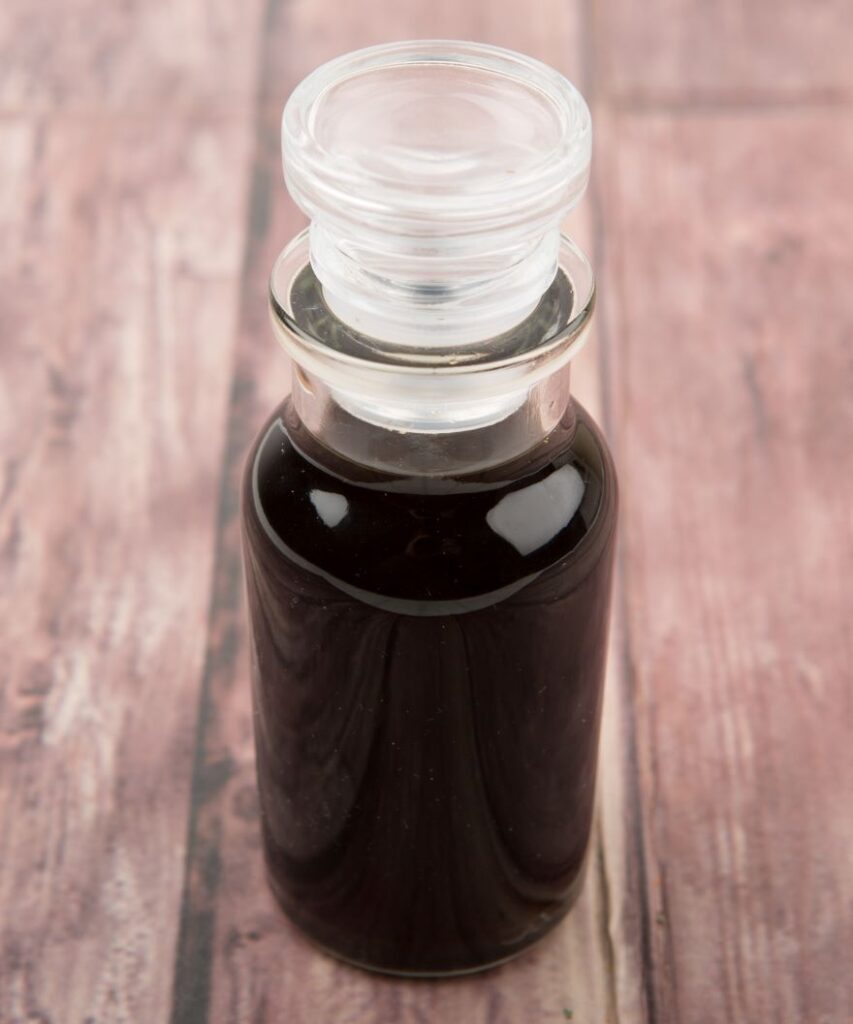
Types of Balsamic Vinegar
When discussing balsamic vinegar, it’s essential to understand that there are several types available, each with distinctive characteristics. We’ll cover main categories like White, Dark, Balsamic Vinegar of Modena, Traditional Balsamic Vinegar, Glaze, Balsamic Glaze, Commercial Balsamic Vinegar, Authentic Balsamic Vinegar, and Aceto Balsamico Di Modena IGP.
White
White Balsamic Vinegar is a lighter and less aged version of traditional balsamic vinegar. Chefs use aged balsamic vinegar for a golden color instead of the dark color of regular balsamic vinegar.
Dark
Dark Balsamic Vinegar, on the other hand, is the more common type and has a rich, dark color. Producers generally age this type of balsamic vinegar longer than white balsamic vinegar, resulting in a more concentrated flavor.
Balsamic vinegar of Modena
Producers in the Modena region of Italy make Balsamic Vinegar of Modena, a popular variety. In contrast to aged vinegar, producers mass-produce commercial grade vinegars and often add caramel coloring, thickeners, and flavor. They make these vinegars from wine vinegar and age them for a minimum amount of time, if at all.
Traditional balsamic vinegar
Traditional Balsamic Vinegar is the most prestigious form of this condiment. Producers make it from grape must and age it for a minimum of 12 years in wood barrels before bottling. This process results in a highly flavorful and luxurious product that is typically more expensive than other varieties.
Glaze and Balsamic Glaze
Chefs use the terms Glaze and Balsamic Glaze interchangeably to describe a thick, syrup-like reduction of balsamic vinegar. It’s often used as a finishing touch or garnish to provide a sweet and tangy flavor in dishes.
Commercial
Commercial Balsamic Vinegar is a more affordable version made by blending wine vinegar with caramel coloring, thickeners, and flavorings. This type of vinegar is less expensive than traditional balsamic vinegar but lacks the same depth of flavor.
Authentic
Authentic Balsamic Vinegar refers to products that follow strict production methods and adhere to regional traditions. Certifications and labeling requirements protect both Traditional Balsamic Vinegar and Aceto Balsamico di Modena IGP, ensuring their quality and authenticity.
Aceto Balsamico di Modena IGP
Aceto Balsamico di Modena IGP is a high-quality variety of balsamic vinegar that has earned the “Protected Geographical Indication” status. Producers make it following specific methods and in a designated region, ensuring a certain level of quality and consistency.
We hope this introduction to the various types of balsamic vinegar helps you better understand and appreciate this versatile and flavorful condiment.
Uses in Cooking
When it comes to cooking, we find that aged balsamic vinegar is a versatile and flavorful addition to various dishes. It adds depth and richness to salads, meat dishes, and even desserts. One of the most common uses of this vinegar is in salad dressings. Combining it with olive oil and some fresh herbs creates a delicious and simple dressing that elevates any salad.
Marinating meats in aged balsamic vinegar is another great way to bring out their natural flavors. It works particularly well with chicken and pork, as the vinegar’s acidity and sweetness help to tenderize the meat while adding a tangy twist. For instance, you can try a balsamic-glazed pork tenderloin.
Fish dishes also benefit from the addition of aged balsamic vinegar, as it helps to balance the natural flavors of seafood. Drizzling a little vinegar over grilled or baked fish is a quick and easy way to add more complexity to your dish. It’s a particularly good match for both hearty fish like salmon and lighter white fish varieties.
Aside from meats and salads, aged balsamic vinegar is a fantastic ingredient to use in sauces. Its deep, rich flavor adds depth to both sweet and savory sauce recipes. Whether you’re making a classic tomato sauce or trying your hand at a reduction with sugar and cinnamon, a dash of vinegar can take your sauce to the next level. For example, you can create a sweet and sophisticated flavored syrup that can be used in various dishes.
Finally, aged balsamic vinegar pairs incredibly well with ripe tomatoes, fresh burrata, and crusty bread. A simple appetizer of sliced tomatoes, creamy burrata, and a drizzle of aged balsamic vinegar is not only delicious but also showcases the versatility and depth of this fantastic ingredient.
Overall, incorporating aged balsamic vinegar into your cooking can lead to delightful and flavorsome results. Whether you’re making salads, marinades, sauces, or even desserts, it’s an ingredient worth exploring.
Differences Between Aged and Non-Aged Balsamic Vinegars
When it comes to balsamic vinegars, there are significant differences between aged and non-aged varieties. Understanding these differences will help you make the right choice for your culinary needs.
Firstly, aged balsamic vinegars are typically higher in quality and reflect a richer, more complex flavor profile.
Producers use traditional techniques to make Aceto Balsamico di Modena IGP and age it for a minimum of 12 years up to 25 years, or sometimes even more. The older bottles are often labeled as “extravecchio” (extra-aged). In contrast, non-aged balsamic vinegars are not aged for as long and may contain additives or artificial colors to mimic the viscosity and flavor of aged varieties.
Aged balsamic vinegars are smoother, with a natural acidity level of around 4.5%, making them more enjoyable and memorable for those who may not typically like the taste of vinegar source. The aging process develops a depth of flavors that is hard to find in non-aged balsamic vinegars.
In terms of color and appearance, aged balsamic vinegars develop a darker hue over time, whereas non-aged varieties may have a lighter color due to a shorter aging process or the addition of artificial colors. Aged balsamic vinegars are also thicker and more syrup-like in consistency as compared to non-aged options.
Furthermore, supermarket shelves often feature flavored balsamic vinegars that can include fruit or herb infusions, such as strawberry, raspberry, or basil flavors source. While these flavored options can be delicious, keep in mind that they are typically non-aged and may contain additional sweeteners, flavorings, or preservatives.
Storage and Shelf Life
When it comes to aged balsamic vinegar, proper storage is crucial for maintaining its quality and flavor. We advise keeping your balsamic vinegar in a cool, dark place, away from direct sunlight and heat sources. A kitchen cabinet or pantry is an ideal location.
Unopened bottles of balsamic vinegar can last for up to 3 years or even longer when stored under ideal conditions. Once opened, balsamic vinegar may maintain its high quality for 2-3 years after opening. However, it’s important to tightly seal the bottle after each use to prevent exposure to air, which can cause the vinegar to degrade.
When choosing a container for storing aged balsamic vinegar, opt for a container with a tight-fitting lid and made from materials like glass or ceramic, which don’t affect the vinegar’s flavor or quality. We also recommend using small containers to minimize air exposure when you use the vinegar.
Traditional aged balsamic vinegar can last for many years, even more than 20 years, provided it’s well cared-for and does not expire. However, it’s essential to remember that the quality may vary, and more aged balsamic vinegar may have a slightly different flavor profile than younger bottles.
In summary, proper storage and mindful handling are vital in preserving aged balsamic vinegar’s quality, flavor, and longevity. By following our recommendations, you can ensure that your balsamic vinegar remains a flavorful addition to your meals for years to come.
Frequently Asked Questions
- What is the best substitute for aged balsamic vinegar? If you don’t have aged balsamic vinegar on hand, you can use other types of vinegar or acidic ingredients. Red wine vinegar, sherry vinegar, or apple cider vinegar can be used as substitutes. In some cases, lemon juice or a mix of vinegar and sugar can work as well.
However, keep in mind that the flavor profile of these alternatives may differ from the rich, complex taste of aged balsamic vinegar. - How many calories are in aged balsamic vinegar? Because aged balsamic vinegar is made from grape must which has been concentrated and aged, it contains slightly more calories compared to other types of vinegar. On average, aged balsamic vinegar has about 56 calories per tablespoon. It is important to note that the calorie content may vary depending on the brand and specific aging process.
- How do the 25-year and 100-year aged balsamic vinegars differ? There is a world of difference between 25-year and 100-year aged balsamic vinegars. The 25-year variety is aged for at least 25 years in wooden barrels, resulting in a syrupy consistency and a complex, rich flavor. On the other hand, 100-year aged balsamic vinegar is extremely rare and complex due to its extended aging process. It is typically thicker, with a more intense flavor and a higher price tag.
- Should I store aged balsamic vinegar in the refrigerator? No, it is not necessary to store aged balsamic vinegar in the refrigerator. Storing it in a cool, dark place, like a pantry or cupboard, is sufficient. Proper storage helps preserve the rich and complex flavor of aged balsamic vinegar, ensuring that it lasts for years after opening.
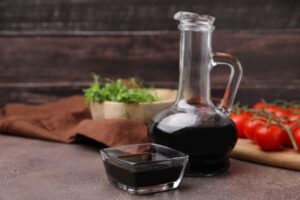

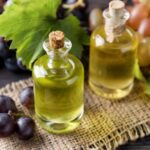 Previous Post
Previous Post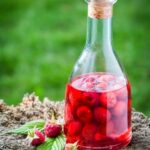 Next Post
Next Post